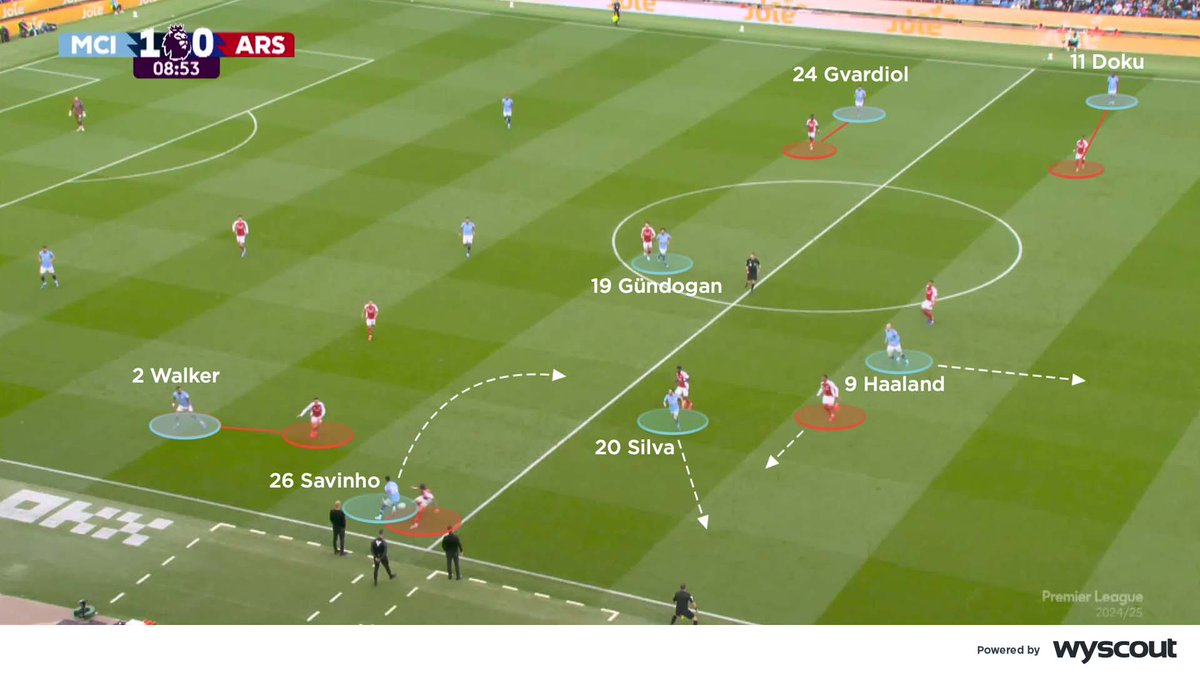🆕 Fresh analysis! 🙌 Barcelona increased Real Madrid’s hopes of winning La Liga when they were held to a draw by Atlético Madrid. We assess how Diego Simeone’s team frustrated Quique Setién’s 👇
coachesvoice.com/barcelona-2-at… #FCB
coachesvoice.com/barcelona-2-at… #FCB
Barcelona were organised into a four-diamond-two formation, featuring the little-known Riqui Puig at the tip of that diamond, during the periods they had possession #BarcaAtleti 

That four-diamond-two became a 4-4-2 when they were defending; Arturo Vidal and Ivan Rakitic operated as their wide midfielders when they did so #BarcaAtleti 

The hosts attempted to build possession from defence, where Rakitic would withdraw to, from his role in their midfield #BarcaAtleti 

Quique Setién’s team posed an increased threat when they positioned players between Atlético Madrid’s midfielders and could therefore create overloads in wide areas #BarcaAtleti 

Atléti operated in Diego Simeone’s favoured 4-4-2, which on this occasion was led by the front two of Diego Costa and Marcos Llorente #BarcaAtleti 

They remained in that 4-4-2, and their positioning was both disciplined and compact, during the periods they were without possession #BarcaAtleti 

@joaofelix70 @AntoGriezmann Ángel Correa and Yannick Carrasco sought to drift inside from their wide starting positions and to combine with their teammates to create spaces in the final third #BarcaAtleti 

• • •
Missing some Tweet in this thread? You can try to
force a refresh
















